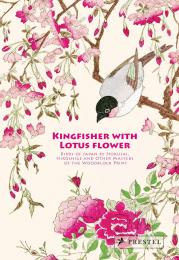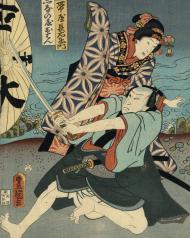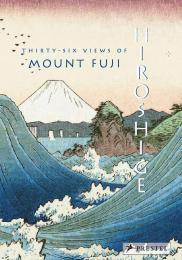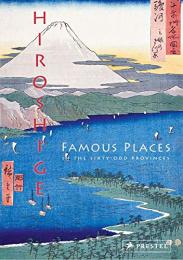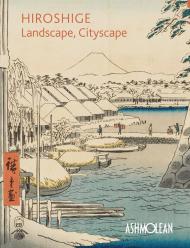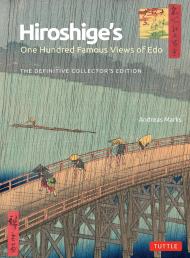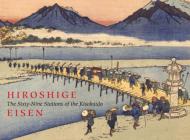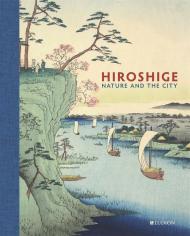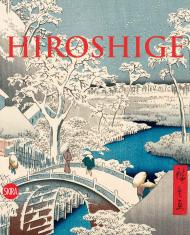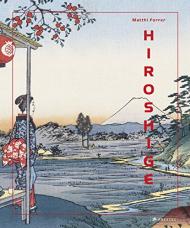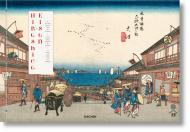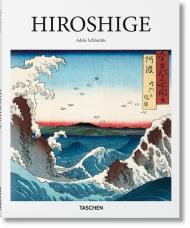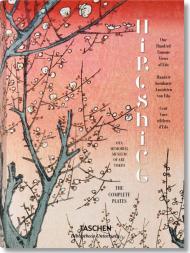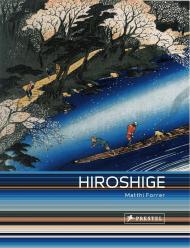Hiroshige was one of Japan’s most talented, prolific and popular artists. Famed for his landscapes, he was also a great observer of nature with a visionary approach to colour and brushwork. His legacy continues to influence and inspire artists today.
Over a career spanning four decades, the prolific Utagawa Hiroshige (1797–1858) produced thousands of landscape and nature prints, hundreds of paintings commissioned by the samurai elite, as well as many illustrated books. His work appealed to every stratum of society. While some of his landscape prints, such as Evening Snow – Kanbara and Ohashi – Evening Rain, are well-known examples of Japanese art, the full range of his output is less familiar.
Hiroshige came from a samurai family, but he crossed social boundaries and devoted himself to depicting popular customs and the world around him. His work is distinguished by an air of gentle grace and decorum, perhaps arising partly from his steady temperament. His calm artistic vision sustained his contemporaries through the uncertainties of daily life and changing times. A great colourist, he stands out for discovering a subtle lyricism in the experience of travel, and a bond between people and the natural world.
Featuring highlights from leading private collections of Hiroshige prints, alongside works by Hiroshige and other artists from the British Museum’s outstanding collection of Japanese art and from other major collections, this lavishly illustrated new publication celebrates one of the world’s most accomplished artists.
About the Author:
Alfred Haft is JTI Project Curator for Japanese Collections and Curator of the exhibition Hiroshige at the British Museum. Previous publications include Salon culture in Japan: making art, 1750–1900 (contributor, 2024), Late Hokusai: Society, Thought, Technique, Legacy (contributor, 2023), Hokusai: beyond the Great Wave (contributor, 2017) and Aesthetic Strategies of the Floating World (author, 2012).

